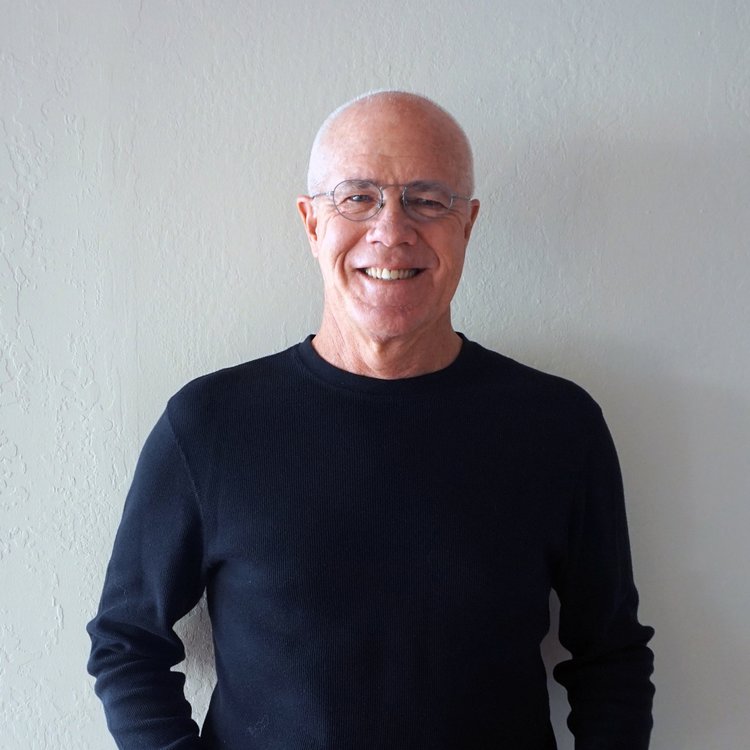First Hit: I was very distracted by the computer-generated dog, Buck, that acted more like a human than a dog, therefore, I missed the power of the story.
This film is based on the great Jack London short novel of the same name. From the moment we meet Buck, his looks and mannerisms reflect the humanization of the dog. Being a dog owner, I really disliked this. Reading into a dog’s eyes and looks to reflect our human emotions is a fantasy I don’t particularly like.
Basically, the story goes that Buck is stolen from his owner Judge Miller (Bradley Whitford), in Santa Clara, CA. While with the Judge, Buck had the run of Miller’s home, and the opening scenes we see him eating whatever food he can find, and then he ruins a whole table full of food, by sampling or eating more food than a dog, of that size, could ever eat.
Now stolen from his home, Buck is shipped to Alaska and meets John Thornton (Harrison Ford), who is grumpy but sees something in Buck he likes and gives a wry smile.
Buck is purchased by the mail delivery team of Perrault (Omar Sy) and Francoise (Cara Lee). Although Buck is a huge dog, he’s out of his element because Perrault and Francoise are dog sled mail delivery workers, and Buck has never been a working dog and knows nothing about snow or being a sled pulling dog. He’s been a home dog.
Buck is mystified by the snow and then becomes demoralized after being hooked up to a harness and asked to pull a sled led by other computer-animated dogs. He does his best but, in a human way, makes mistakes.
But CGI Buck decides to become the best dog in the team, which comes across as another human aspect. The lead dog appreciates Bucks's efforts (more human emotions), but the entire movie audience knows what is coming, a confrontation with the lead husky.
This confrontation ultimately ends up in glory for Buck, Perrault, and Francois, but as the story would have it, Buck gets sold again to a greedy miner Hal (Dan Stevens) who wants to find gold. He and Thorton get into it, and bad blood arises over Hal’s treatment of Buck.
Buck escapes Hal, finds Thornton, and they walk together into the wilderness, the call of the wild sort of speak.
Together they create an excellent partnership. Upon arriving at a remote cabin, they set up shop, and Buck starts to flirt with and hang out with timberwolves. Of course, there is one final predictable confrontation with Hal, and we all know what will happen.
There are lovely and poignant moments, and they mostly revolve around Thornton’s grumpy demeanor and Buck’s loving, caring way.
Not being able to forget just how humanized Buck was made to be, the film’s real story about self-redemption and following your dream, was left on the cutting room floor.
Ford was terrific as John Thornton, a man who was still mourning the loss of his son. Sy was great and engaging as Perrault, the sled driver. Gee was excellent as Perrault’s co-sled team driver. Michael Green wrote this screenplay. There wasn’t anything wrong with the screenplay, but the execution of the CGI dog just failed the film. Chris Sanders did a reasonable job of directing this story, but the CGI hurt the effort, and Sanders is part to blame because he allowed too much humanization of Buck.
Overall: This was a difficult film to watch because it seemed too made up.
